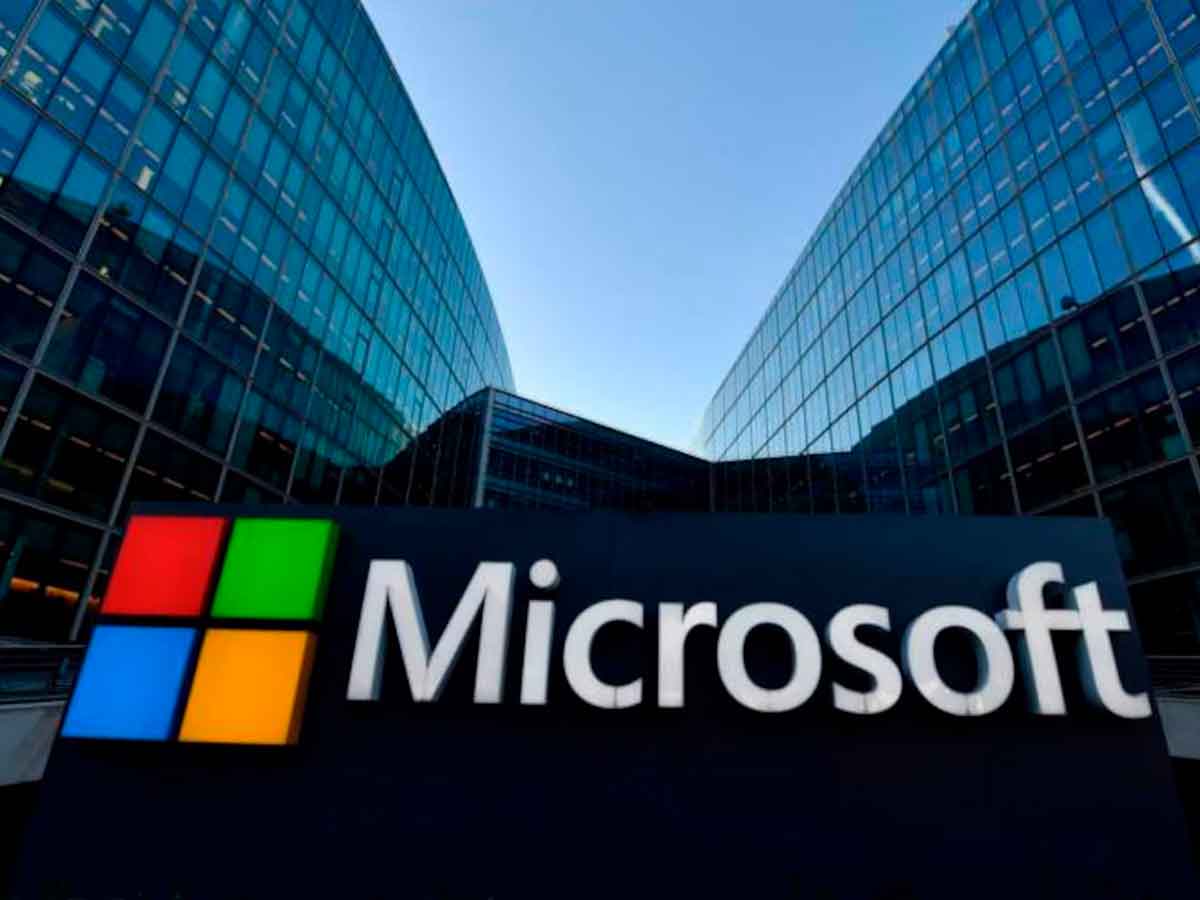Microsoft warns that Windows 10 security updates will end on October 14 for most users, urging an immediate switch to Windows 11. Around 500 million people with eligible hardware can upgrade at no extra cost.
In just six months, critical support for Windows 10 will wind down for everyone except those who pay for extended services. That leaves roughly 750 million users facing a serious choice: upgrade soon or risk operating an unsupported system. According to recent data, about one-third of these users lack hardware capable of running Windows 11. The remaining 500 million, however, can seize Microsoft’s complimentary upgrade before time runs out.
Why experts strongly warn against waiting until October 14 to secure Windows 11 safety
Upgrading isn’t just about accessing new features—it’s a safeguard against emerging threats. Microsoft has already patched a zero-day vulnerability, listed as CVE-2025-29824, which attackers reportedly exploited in various countries. This fix was rolled into April’s Patch Tuesday updates, but users on outdated Windows 10 versions could be left vulnerable. Are you willing to risk a known exploit if you skip essential updates?
How Microsoft’s new “Recall” feature in Windows 11 raises privacy and convenience concerns
One surprising addition to Windows 11 is “Recall,” a tool that logs your PC activities for quick retrieval later. Despite added opt-outs and privacy settings, critics worry it might store sensitive data without users fully realizing it. This is an optional component of the operating system, but it’s sparking debates about who truly benefits from the constant recording of on-screen actions.
A quick table for key dates and recommended actions
| Key Date | Recommended Action |
|---|---|
| Now–October 13 | Check if your PC meets Windows 11 specs |
| Before October 14 | Back up your data and install all updates |
| After October 14 | Consider extended support or upgrade options |
Keep in mind that ignoring these steps could leave you open to threats and missing out on valuable improvements.
Practical tips for ensuring a smooth transition without falling into upgrade pitfalls
First, confirm your device’s compatibility by reviewing Microsoft’s hardware lists or using its PC Health Check tool. Next, make a full backup—nobody wants lost documents in case something goes wrong. Also, watch for changes in default settings, such as the disappearing seconds on the taskbar clock in Windows 10 or newly created folders like “inetpub.” If these appear, don’t panic; Microsoft often releases off-schedule patches to resolve confusion.
With October 14 swiftly approaching, the time to act is now. If your computer qualifies, Microsoft’s free Windows 11 upgrade can protect you from security risks while introducing new features. Hesitating could expose you to vulnerabilities and leave you scrambling for expensive extensions. Why wait until the last minute? Taking simple steps—like verifying eligibility and installing updates—ensures you’ll stay safe and up to date in the evolving Windows world.

